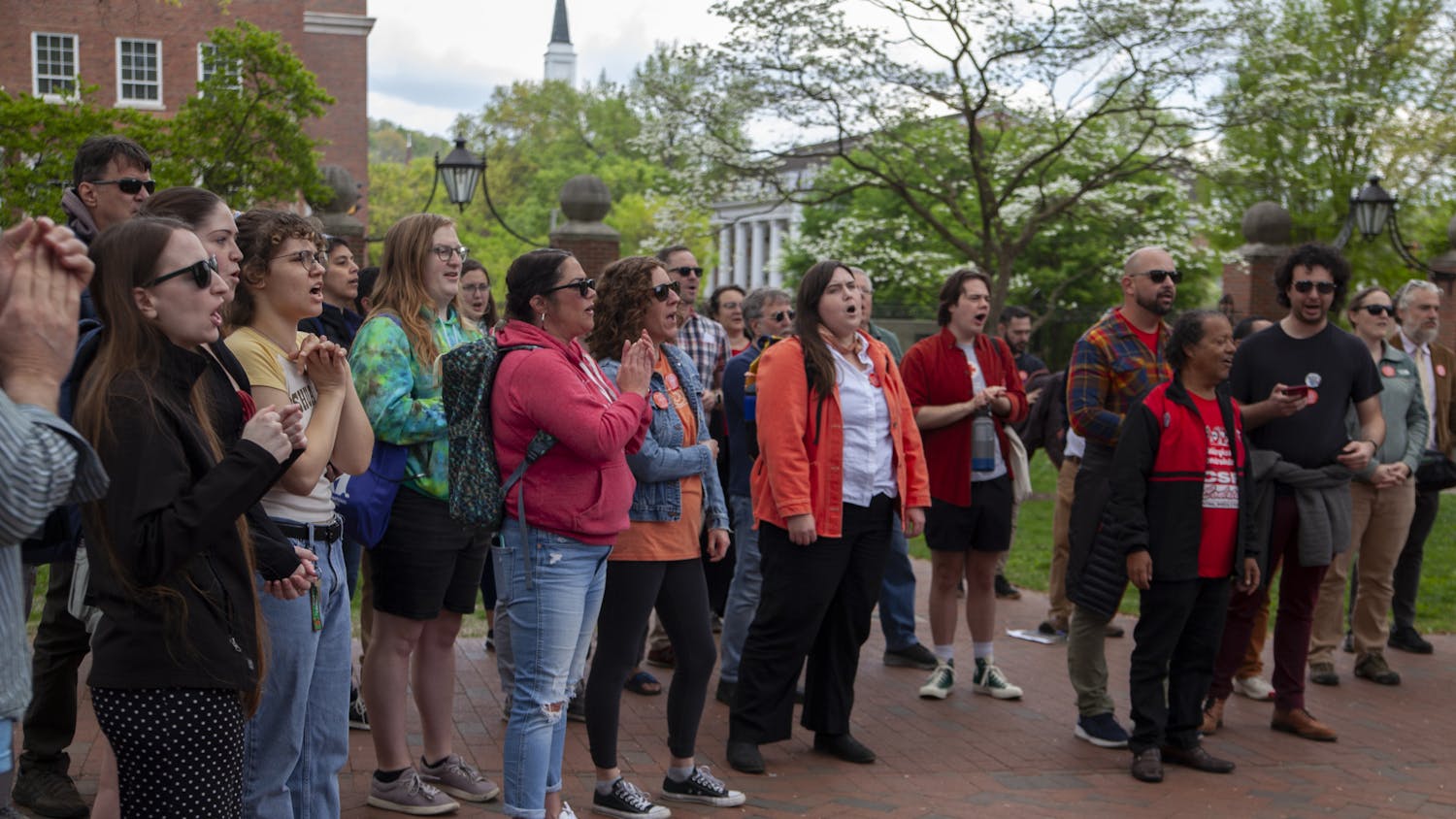It's open for a six-month trial period.
There are some things that the incoming class of Bobcats has never experienced: TV without “South Park,” life without cell phones and Ohio University without Bobcat Lane.
The controversial road finally opened just days before the class of 2019 arrived on campus.
On Aug. 18, Athens Mayor Paul Wiehl and OU President Roderick McDavis were present for a ribbon-cutting ceremony officially opening Bobcat Lane for traffic.
OU’s Board of Trustees voted to approve the final construction of Bobcat Lane as well as the other projects in January of 2015.
In early May, the construction began and culminated in the opening of the road.
“However, this is not the permanent opening of Bobcat Lane,” Andy Stone, city engineer and director of Public Works, said.
Stone said the opening marked the start of a six month trial period.
“At the end of that review, we would determine whether it would stay open, stay open with modifications, or close,” he said.
{{tncms-asset app="editorial" id="38f9768c-467f-11e5-9688-97825090bdf1"}}
Wiehl, whose term ends in December, said the next mayor will determine the future of the road.
Opening the lane, though, is almost seven years and $425,000 in the making.
The budget for the 2015 opening was reported by The Post to be $355,000.
“The budget changed because of design considerations before construction started to accomodate the GoBus turnaround and bike and pedestrian safety improvements,” OU spokeswoman •Katie Quaranta said in an email.
The entirety of the project cost $1.89 million, and the additional funds coming from the state totaled nearly $1.5 million.
So far, there have been no reported major traffic incidents, Athens Service-Safety Director Paula Horan-Moseley said.
“The main issue we’re struggling with right now is people violating the right turn only,” Horan-Moseley said.
The city did not contribute any significant funds to the project, though it was originally anticipated that the city would have to pay for the curb cuts, she said.
“Property owners are responsible for their own sidewalk repairs,” Horan-Moseley said.
The city only contributed funds to a sign that will be installed on Richland Avenue, which Stone said will likely cost $30.
Bobcat Lane was meant to finish construction and open shortly after Baker Center opened in 2007.
However, at the time, the newly-elected Wiehl put a halt to the project by not allowing the necessary curb cut on Richland Avenue to connect the new university-owned road with the one owned by the city.
Wiehl said at the senate-sponsored mayoral debate in 2011 that he didn’t want Bobcat Lane to be opened because he wants Athens to be a “pedestrian city,” according to a previous Post report.
@kaitfoch






